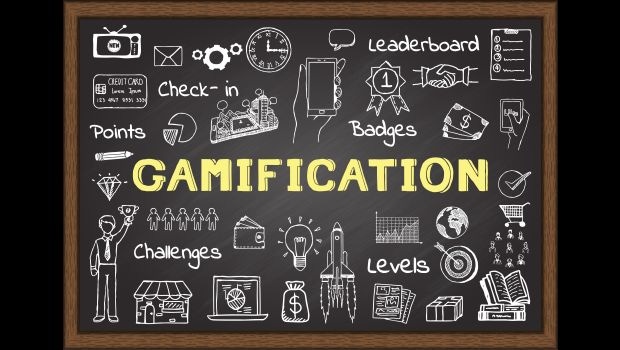Some businesses – including those in telecom and IT – are turning to a relatively new series of techniques to ramp up productivity and boost morale.
May 20, 2016

**Editor’s Note: This is the first of a two-part series on gamification. Part two, focusing on how it is used among channel partners, is here.**
By Josh Delauder
Some businesses – including those in telecom and IT – are turning to a relatively new series of techniques to ramp up productivity and boost morale.
Gamification uses the same competitive aspects found in video games and board games to motivate employees, and in some cases – as you’ll read more about in part two of our series – their channel partners. We’re talking about concepts like leaderboards, dice rolls and wheel spins for accomplishments that let players win badges, points, etc., that lead to prizes.
Craig DeWolf, research vice president, channel sales, at Blackhawk Engagement Solutions, says gamification has been around since the 1990s, but it didn’t start to catch hold until 2003.{ad}
“… [That was when] it became more accessible through the pervasiveness of the Web,” he told Channel Partners.
Several years later, gamification started to become more widely used — and it’s spreading like wildfire today.
DeWolf, whose company helps solution providers engage with other partners and customers more effectively, says the Internet has been a huge success “to drive engagement” through gamification.
It became “accepted business practice to communicate business to business, business to channel partner, and business to consumer online,” DeWolf said.

The gamification framework above was developed by the Octalysis Group. Joris Beerda, the company’s managing director, says companies, including his, use gamification in a couple of ways.
“One is what we call product gamification and that happens when a lot of companies have to sell mainly online,” he said. “Another way is called employee gamification, or enterprise gamification, where you see …
{vpipagebreak}
… the motivation and engagement of employees is at a very low point … and gamification offers a way to make daily tasks more engaging and more fun.”
But he issues a word of caution about implementing techniques that will actually alienate people more than include them.
“The problem with leaderboards is that they are often motivational for the top five,” he said, “and the middle doesn’t care so much, and the bottom 20 percent doesn’t care at all. They just give up. If the gap is too wide, then you lose all your motivation.”
So clearly, an effort must be made to make sure a company’s gamification is as inclusive as possible. Within the Octalysis Group, gamification goes beyond the techniques to provide a complete “experience.”
“Gamification is not to just to see points or badges,” Beerda said, noting that engaging with employees in both the short and long term is the most important goal.
eLearning Industry lists three mistakes companies make when implementing gamification. They are: failing to personalize the training experience, giving out too many rewards, and failing to engage employees on a personal level.
Some tips:
Some people will choose not to participate. Don’t force them to.
When giving out rewards, don’t give out too many for the smallest achievements. This can make the reward system seem confusing and cheap.
If you tell your employees why there competing and why their learning is important, you will reach them on a more emotional level.
One misconception about gamification: It should always lead to cutthroat competition.
“Most people actually don’t want to compete,” said Beerda. “They want to do it in a kind of socially nice and soft way. Group competition is fine, but a one-to-one competition is something only a minority of users find very interesting.”
Brian Burke, vice president of research at Gartner, tells us that gamification may be at the tipping point where businesses no longer see it as non-essential, but as a set of techniques that can be widely implemented.
“Like any trend or technology, early adopters accept greater risk and uncertain return, but as the risk/opportunity profile for leveraging gamification becomes proven for different use cases, broader market adoption will begin,” Burke said.
For these techniques to work, employees must have the same collaborative goals as their employers. If not, the worker will lose motivation and the business will begin to slow. Social media help with that.
“It allows the viral component of gamification to spread, and, in many cases, that is the way that a lot of marketers are looking at to get people to pass things along,” said DeWolf. That increases a participant’s feeling of accomplishment, he added. Their co-workers see the recognition they get and it incentivizes them to work harder.
Read more about:
AgentsAbout the Author(s)
You May Also Like


